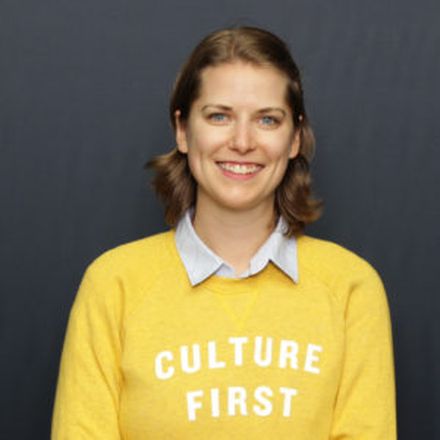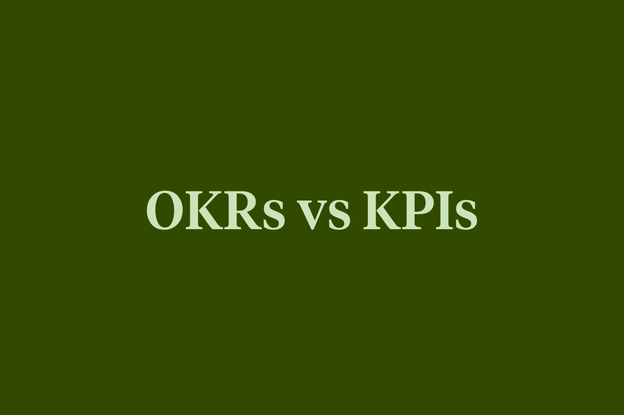3 things I’ve learned from leading an agile organization

Josh Bersin’s number one prediction for 2018 is that Agile organizations will go mainstream. Historically, ‘agile’ has been associated with technology companies that are at the cutting edge. But as Bersin highlights, we’re increasingly seeing old-school industrial and large Fortune 500 companies moving to agile principles.
The concept of the agile organization is borrowed from the world of agile software development. At the highest level, it means a move away from a hierarchy driven (waterfall) structure, towards a more fluid network of teams. The benefits are a faster, more responsive organisation. The cost is you give up some certainty and control.
I’ve now been running agile organizations for over a decade. Between my time leading Rising Sun Pictures and Culture Amp, I’ve learnt a lot about what it takes to make agile organizations work, as well as some of the hidden costs.
The biggest thing to keep in mind is there is no one-size-fits-all agile organizational model. They require new structures and processes that need to be learned by every employee. For example, at Culture Amp, we’ve developed an organizational model to suit our approach and challenges. We have three high-level groups - customer, product and organization. Within each group is a growth team - analogous to a leadership team - who coordinate and support each of the cross-functional teams within the group. As our business has evolved we’ve also brought in specializations that are called practices. Individuals in each practice sit within the cross-functional teams.
This approach suits our business. Each organization needs to design structures and processes to suit their own version of ‘agile’. Whilst there’s a lot to think about when you’re considering going agile, these are three of the most important lessons I’ve learnt along the way:
1. Nothing is free
In both agile and traditional business models there are costs and benefits. So when you implement an agile approach you will inevitably trade off some of the benefits of the traditional model.
In a traditional organization, everyone is organized into departments and they pass work over the fence. This model generally works quite well for workforce planning. You scale up by adding more people with well-defined skills. Where it falls down is when there are handoffs. The organization isn’t structured around the customer journey, so customers may end up talking to several different parts of the organization that aren’t talking to each other.
An agile model is a cross-functional model. At Culture Amp, we don’t have a sales team, a marketing team or an engineering team. Instead, we’ve optimized by building teams that are made up of people with different skills and those teams are given goals or missions to achieve.
Within a team, there may be specialists but everyone in a cross-functional team works together - even specialists must flex a bit when needed. This means you can smooth the workload more and you don’t need to constantly add or remove people. We’re optimizing for the team rather than for the department or for the function.
The customer flow improves in this model because everyone required to solve a problem sits in the one team. Where the model struggles is with standardization of work. As people are not in a team full of professionals with the same skills, they aren’t necessarily learning or developing their specialized skill base, but that’s why we have our practices.
2. Change is hard
Even in an agile model, there are new systems to build and communicate. This can be really hard for new people that come into the organization. They have to leave behind what they’ve previously learned about how an organization works. The process of getting up to speed in a different working environment can actually elongate the time it takes for someone to be successful in your company.
We’ve also found it challenging when hiring senior people. They can get frustrated and some have even wanted to go back to the way they worked before. I often sit down with them and talk about the costs and benefits of the old model. It quickly becomes apparent that the old model wasn't necessarily working either, but they knew it and that made it more comfortable.
It can also be difficult for people already within the organization. When Culture Amp was about 18 months old we had about 50 people. At that point in time, we started to be explicit about how we formed teams and we found that change very hard. That’s because any time you do something differently it imposes a large cognitive load on your people. It’s important to remember just how significant the costs are of doing things differently.
3. Language matters
Language is very important when naming things in an agile organization. You have to carefully balance familiarity with a term versus the baggage that comes with it.
As Culture Amp grew it became important for us to have a shared language. One of the biggest changes we made early on was to call people mentors rather than managers. This allowed us to free people from some of the baggage that came with the term ‘manager.’ What we should have realized was that people had their own view of what a ‘mentor’ was as well.
You can’t just give a common word new meaning. First, you have to change the way people understand that word. We had to untrain people - they thought a mentor was somebody that was just there to help you on the journey. In our case, we wanted the mentor to be the person that was accountable for performance. This took a while for people to get used to.
One option is to use terms that people don’t normally use in organizational conversation so you’re free to co-opt them - Spotify does this with their squad, tribe, guild model. This has worked for some organizations, but if you use your own words there's still a big cognitive cost as people learn them.
Our model of working has continued to evolve over the years. Now we have almost 200 people, and there’s been a lot of learning along the way. It’s important to recognize that while an agile model has its benefits, it is also weak where the traditional model is strong.
The advantage of agile models for a startup are great - they let you optimize for speed. This can help you get something into the hands of your customers faster. But before jumping into an agile model, it’s important to understand the trade offs. For us, an agile approach makes a lot of sense but it’s not necessarily right for everyone.






